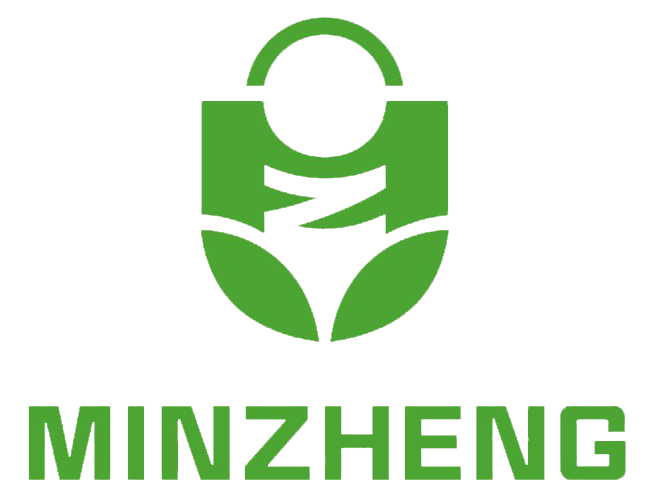Eco-friendly materials have become mainstream, and degradable packaging boxes have witnessed explosive growth
With the continuous enhancement of global environmental awareness, the food packaging industry is undergoing a profound transformation in 2025. The market share of traditional plastic packaging is shrinking rapidly, and it is being replaced by degradable and compostable eco-friendly materials. According to a report by the International Packaging Association (IPA), the global market size of biodegradable food packaging boxes is expected to exceed 80 billion US dollars by 2025, an increase of nearly 300% compared to 2020. Consumers’ concerns over “white pollution” have driven countries to introduce stricter plastic restriction policies, and enterprises are also actively seeking innovative solutions such as corn starch, algina-based materials, and even mycelium packaging. For instance, global fast food chain giant McDonald’s has announced that it will almost phase out plastic packaging boxes by the end of 2025 and switch to degradable pulp molded lunch boxes. This move is regarded by the industry as a trendsetter.
The rise of smart packaging represents a technological upgrade from “preservation” to “interaction”
In addition to the environmental protection trend, food packaging boxes in 2025 are becoming increasingly “smart”. Smart packaging boxes with built-in RFID chips or NFC tags have become standard equipment for food brands. Consumers only need to touch the packaging with their mobile phones to obtain the production date, supply chain path and even nutritional advice of the food. More advanced technologies such as the “Time-Temperature Indicator” (TTI) can visually display the freshness of food through color changes, effectively reducing waste caused by misjudgment. Fresh food e-commerce platforms such as Amazon Fresh have begun to pilot “self-regulating preservation packaging”, which dynamically adjusts the humidity inside the packaging through micro-pore ventilation technology, extending the shelf life of fruits and vegetables by 30%. Industry insiders predict that the market penetration rate of smart packaging will reach 25% in 2025, and its main value is extending from functionality to consumer experience.
Consumer preferences are differentiated, and personalized and minimalist designs coexist without contradiction
In 2025, consumers’ aesthetic and functional demands for packaging boxes will show a distinct differentiation. On the one hand, Generation Z prefers personalized designs with social attributes, such as limited edition co-branded packaging or reusable creative structures (like pizza packaging that can be folded into storage boxes). On the other hand, the minimalist trend is also prevalent. Many health food brands adopt solid-color, no-print “bare packaging” to emphasize the concept of naturalness. It is worth noting that data from global research firm Kantar shows that 67% of consumers are willing to pay 5% to 10% more for environmentally friendly and design-savvy packaging, which prompts brands to seek a balance between sustainability and aesthetics. For instance, the “labeless” mineral water packaging launched by MUJI of Japan distinguishes products through the concave and convex patterns on the bottle body, which not only reduces ink pollution but also enhances brand recognition.
How can small and medium-sized enterprises break through the coexistence of policy and cost challenges?
Despite the positive trend, the transformation of the food packaging industry still faces practical resistance. The high cost of eco-friendly materials is a major pain point for small and medium-sized enterprises. Take PLA (polylactic acid) degradable lunch boxes as an example; their unit price is still 2 to 3 times that of traditional plastics. In addition, the non-uniformity of environmental protection standards among countries has led to a rise in the compliance costs for export enterprises. The EU’s Green Packaging Act, which is set to be implemented in 2025, requires that all food packaging must contain 50% recyclable ingredients. However, some developing countries still lack supporting recycling facilities. In this regard, industry insiders suggest reducing costs through large-scale production and technology sharing. For instance, the “Green Materials Procurement Alliance” launched by the China Packaging Federation has helped over 300 enterprises achieve affordable prices for environmentally friendly packaging. In the future, whether a dynamic balance can be found among policies, costs and market demands will become the key to the sustainable development of enterprises.
In 2025, food packaging boxes will no longer be simple containers but complex carriers that integrate environmental responsibility, technological empowerment and consumer psychology. From materials to intelligent interaction, from design philosophy to business games, the transformation of this industry precisely reflects the collective efforts of human society to move towards a sustainable future. Perhaps in the near future, when we open a hamburger package, what we hold in our hands will be the solution of an entire era.


